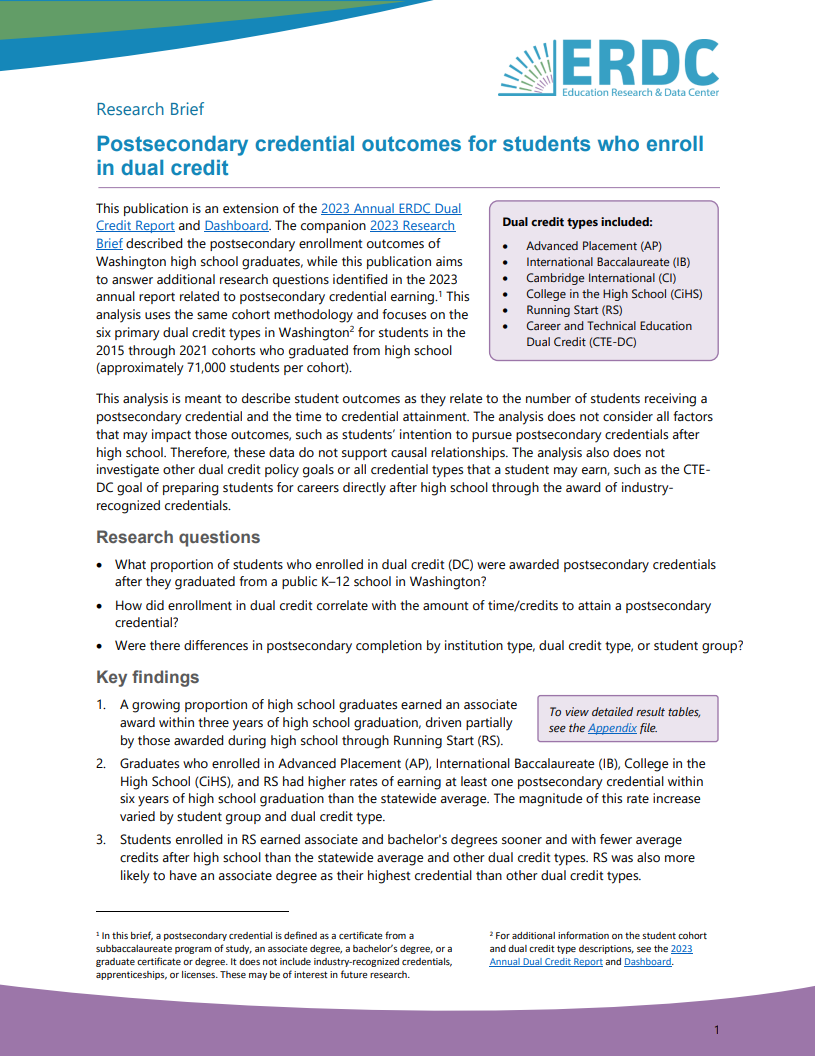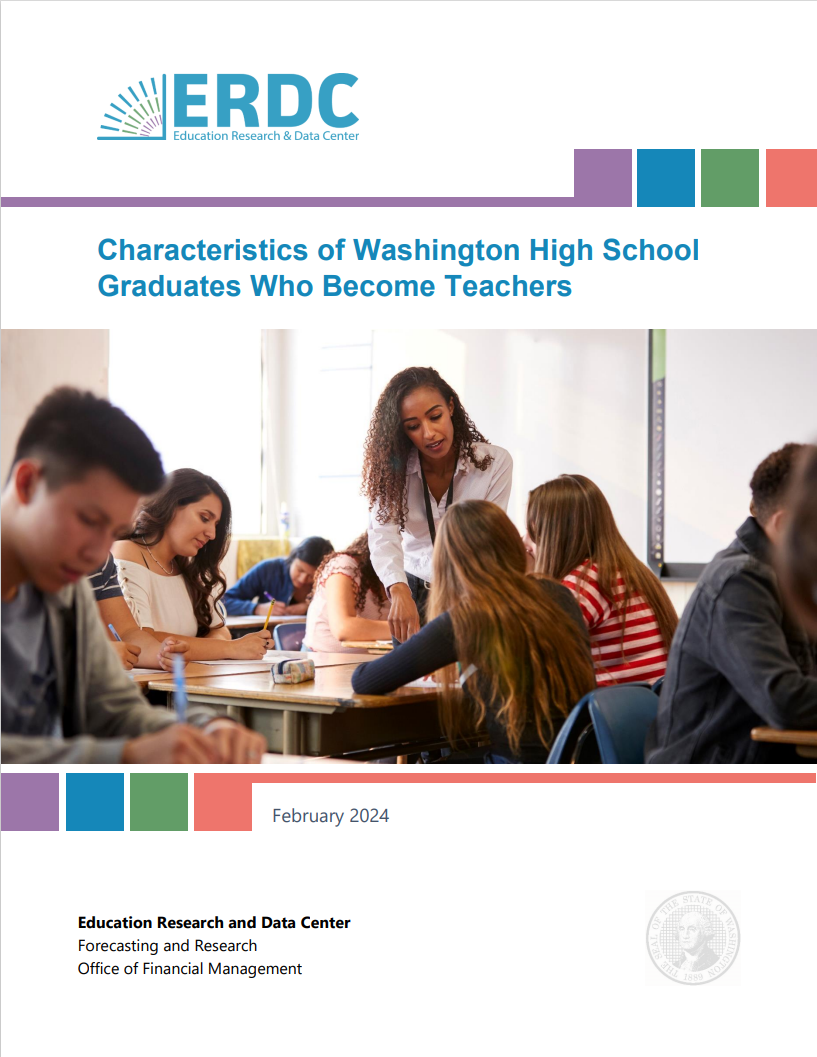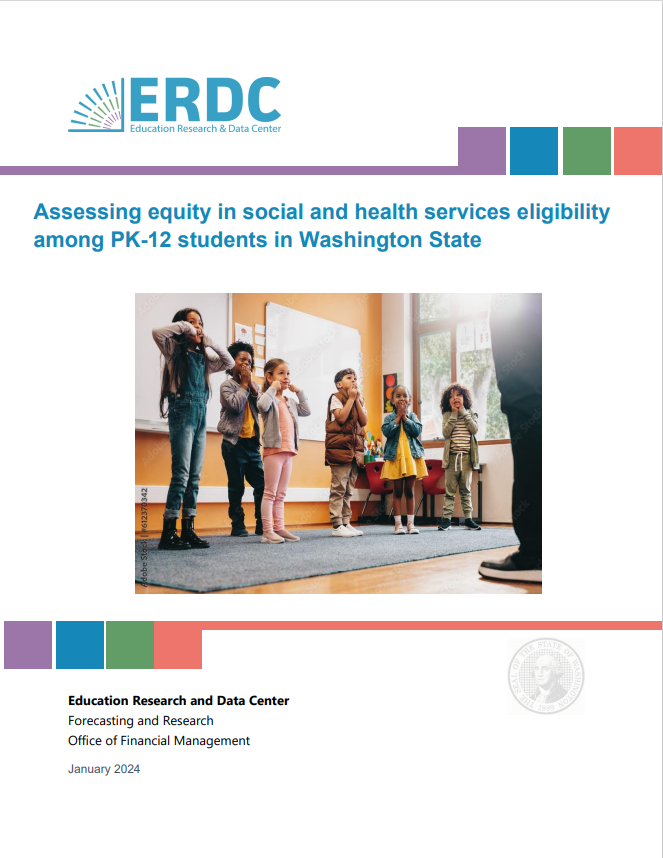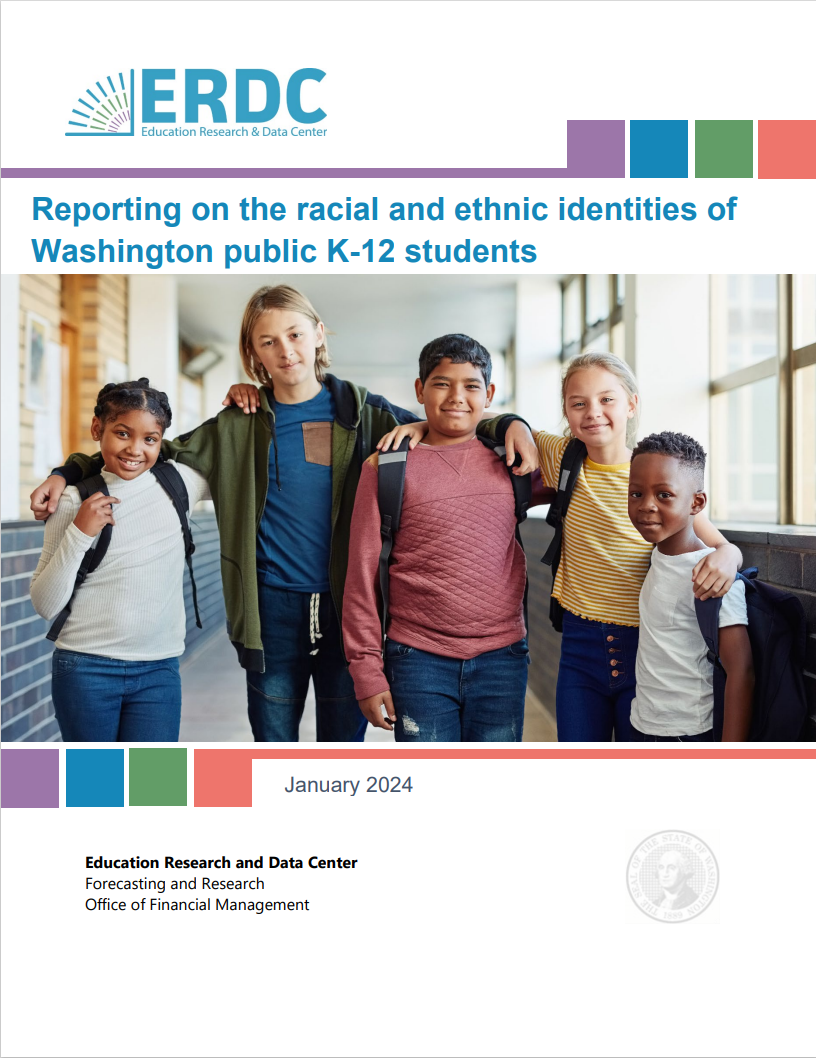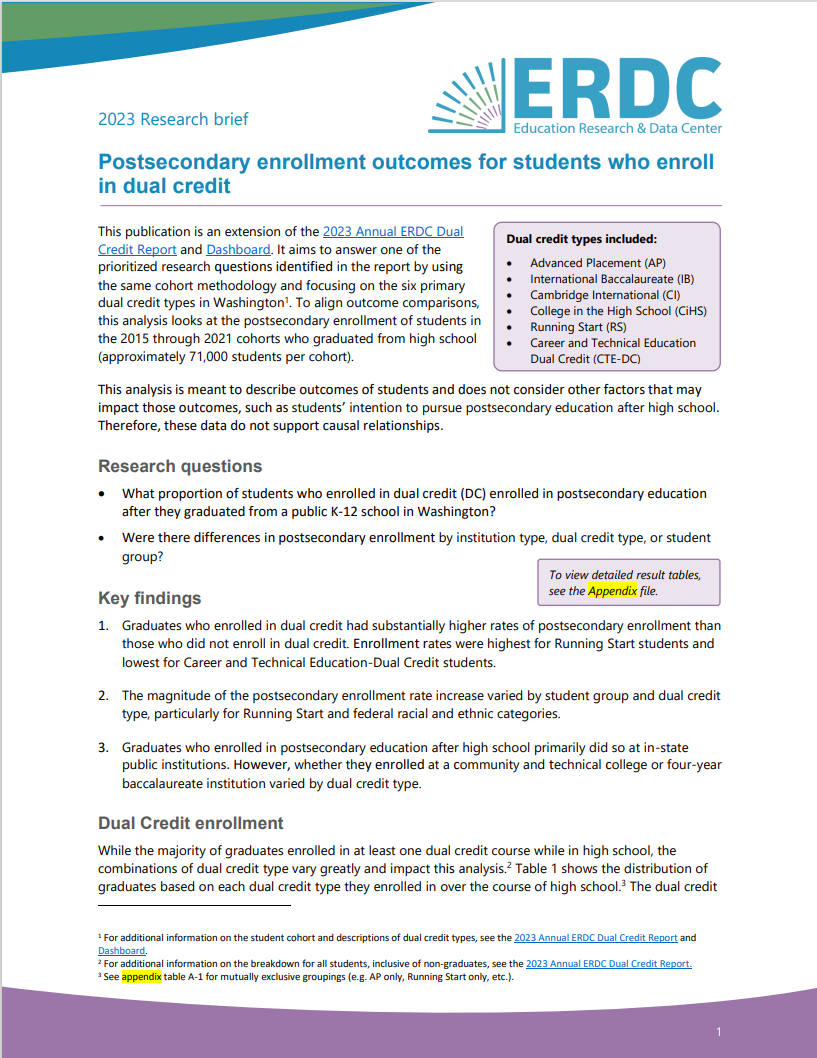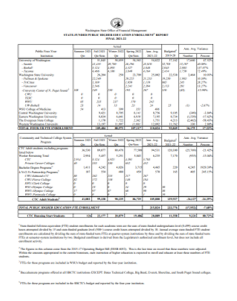Research Brief - Postsecondary Credential Outcomes for Dual Credit Students
Published:
May, 2024
Updated:
May, 2024
This publication is an extension of the 2023 Annual ERDC Dual Credit Report and Dashboard. The companion 2023 Research Brief described the postsecondary enrollment outcomes of Washington high school graduates, while this publication aims to answer additional research questions identified in the 2023 annual report related to postsecondary credential earning.
Research Questions:
- What proportion of students who enrolled in dual credit (DC) were awarded postsecondary credentials after they graduated from a public K–12 school in Washington?
- How did enrollment in dual credit correlate with the amount of time/credits to attain a postsecondary credential?
- Were there differences in postsecondary completion by institution type, dual credit type, or student group?
Key findings include:
- A growing proportion of high school graduates earned an associate award within three years of high school graduation, driven partially by those awarded during high school through Running Start (RS).
- Graduates who enrolled in Advanced Placement (AP), International Baccalaureate (IB), College in the High School (CiHS), and RS had higher rates of earning at least one postsecondary credential within six years of high school graduation than the statewide average. The magnitude of this rate increase varied by student group and dual credit type.
- Students enrolled in RS earned associate and bachelor's degrees sooner and with fewer average credits after high school than the statewide average and other dual credit types. RS was also more likely to have an associate degree as their highest credential than other dual credit types.
To view detailed result tables, see the Appendix file.

